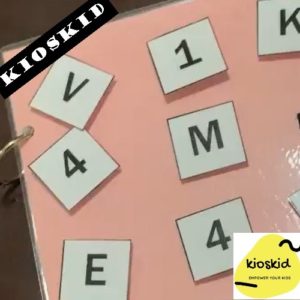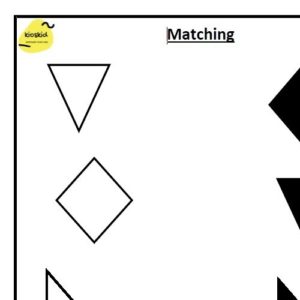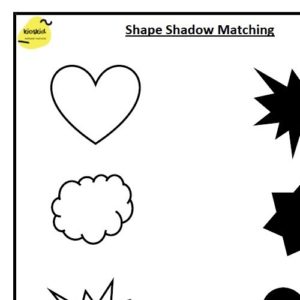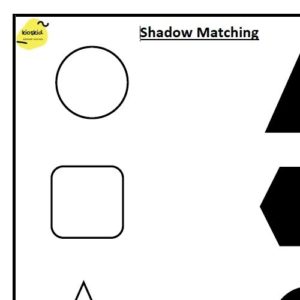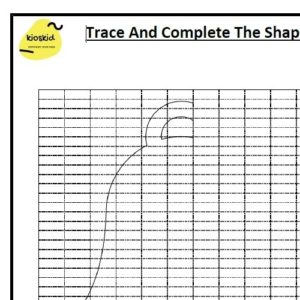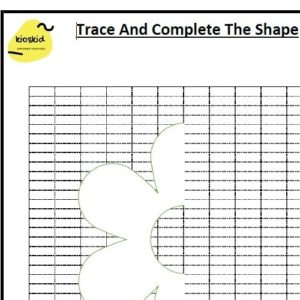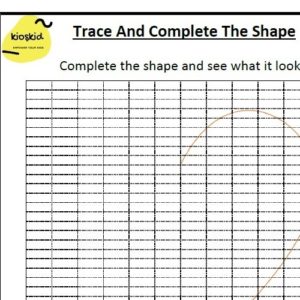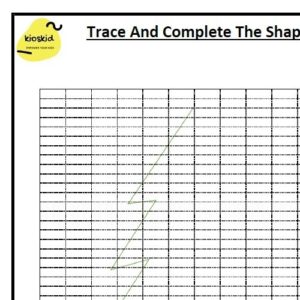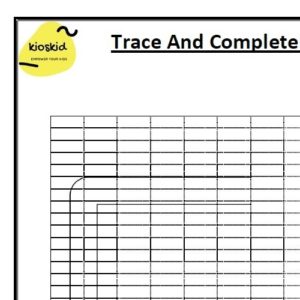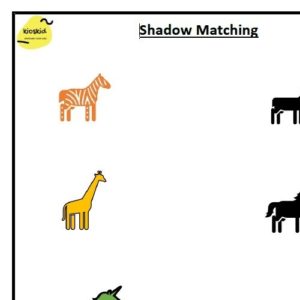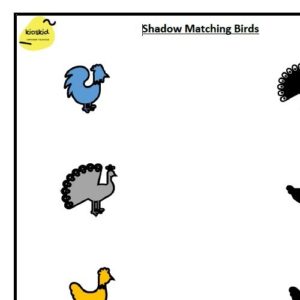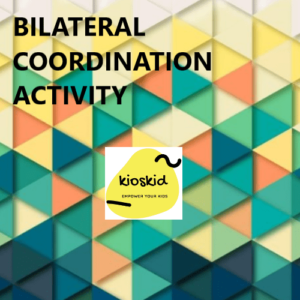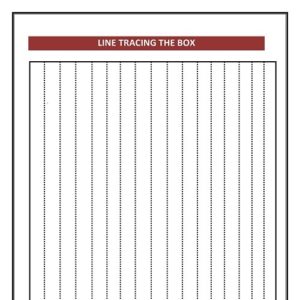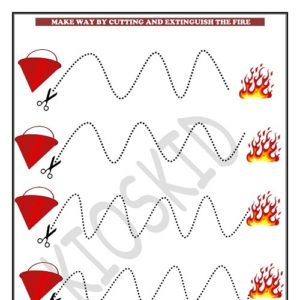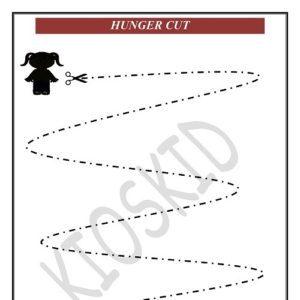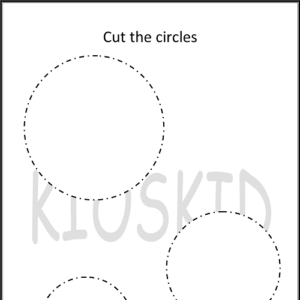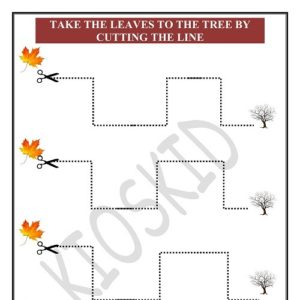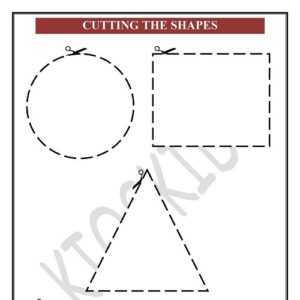Welcome To Kioskid
Bilateral Coordination
Bilateral Coordination
Coordination usually refers to whether a child can perform the activities with both the arms and legs together in a coordinated, compelling way. It is the ability to use different parts of the body together smoothly and efficiently.
Many tasks requiring coordinated movement also require the child to have proper motor planning to time their actions accurately Coordination has its components, and they are eye-hand coordination, eye-foot coordination, and bilateral coordination.
For instance: if a child is marching on the ground, which needs other foot and alternate hands to come forward. It is one of the examples of bilateral coordination. So, when the child moves ahead by marching where he is placing his foot, it is the example of eye-foot coordination.
Writing, scissor cutting, drawing, and coloring are the few examples of eye-hand coordination.

Resources
-
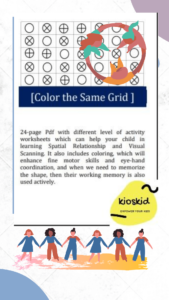 Rated 0 out of 5Sale! Select options
Rated 0 out of 5Sale! Select options$21.99Original price was: $21.99.$11.99Current price is: $11.99.
Free Resources
Shadow Matching 4
A simple and easy activity to enhance coordination. EN
Download NowShadow Matching 3
A simple and easy activity to enhance coordination. EN
Download NowShadow Matching 2
A simple and easy activity to enhance coordination. EN
Download NowShadow Matching 1
A simple and easy activity to enhance coordination. EN
Download NowTrace & Complete The Shape – Bell
Trace and Complete the shape by drawing a mirror Image...
Download NowTrace & Complete The Shape – Flower
Trace and Complete the shape by drawing a mirror Image....
Download NowTrace & Complete The Shape – Heart
Trace and Complete the shape by drawing a mirror Image....
Download NowTrace & Complete The Shape – Tree
Trace and Complete the shape by drawing a mirror Image....
Download NowTrace & Complete The Shape
Trace and Complete the shape by drawing a mirror Image....
Download NowShadow Matching Jungle Animals
A simple and easy activity to enhance coordination. EN
Download NowShadow Matching Birds
A simple and easy activity to enhance coordination. EN
Download NowShadow Matching Animals
A simple and easy activity to enhance coordination. EN
Download NowDiwali Workbook 2020
A 10 page PDF Workbook has everything to make the...
Download NowBilateral Coordination Activity
A simple and easy activity to enhance coordination and brain...
Download NowFMS6 Line tracing inside the Box- vertical
little hard sheet:- Trace and cut the lines inside the...
Download NowCP4-Line Cutting Fire
Cut through dotted lines and extinguish the fire.Have fun EN
Download NowCP3- Line Cutting
A little hard sheet of scissor cutting and in involves...
Download NowCP2-Hunger Cut
Kids enjoy when a task is given in a fun...
Download NowCutting Practice for coordination sheet 2& 3
Scissor Cutting:- A skill to practice to improve eye-hand coordination....
Download NowHome activities with pillow
Channelizing the energy of the child is very important.We have...
Download NowCP6 – Cutting up and down lines
Enhance fine motor skills with cutting through up and down...
Download NowCP5-Cutting the shape
Practice learning shapes by tracing and with cutting practice. EN
Download NowOur Blogs
Our philosophy is learning through play

